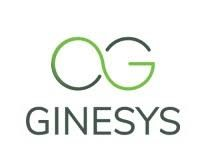Reinventing the MBO Model: How New-Age D2C Brands are Redefining Offline Retail

Direct-to-consumer (D2C) brands have experienced remarkable digital growth by leveraging online marketplaces and social media for customer acquisition. However, rising competition, increased ad costs, and digital saturation are making it difficult for brands to achieve sustainable growth through online channels alone. As a result, many D2C brands are now turning to offline retail.
One key avenue gaining traction is offline retail through Multi-Brand Outlets (MBOs). These outlets present an efficient way for digital-first brands to gain offline visibility without the high operational costs associated with Exclusive Brand Outlets (EBOs). Unlike standalone stores, MBOs allow brands to share retail space with other brands, benefiting from existing foot traffic and retail infrastructure. This brings down overhead expenses while boosting brand discoverability.
Unlike traditional department stores, new-age MBOs such as Broadway and Flxy are rethinking retail by integrating technology and curation into the shopping experience and by prioritizing a personalized, tech-enabled shopping journey. This shift has ushered in a new era of hybrid retail, where online brands can expand their reach without the financial burden of standalone stores.
Why D2C Brands are Expanding Offline Through MBOs
Despite the success of D2C brands online, increasing digital marketing costs and diminishing returns on paid ads have prompted many to explore offline avenues. While flagship stores or EBOs provide full control, they require significant investment in leasing, staffing, and operations.
MBOs, on the other hand, provide an accessible entry point into offline retail, offering exposure to existing foot traffic, shared operational costs, and strategic positioning alongside complementary brands. Emerging MBOs such as Broadway and Flxy are leading the way with a 'Phygital' (physical + digital) environment that blends in-store experiences with tech-driven engagement.

Scale your D2C brand effortlessly with Ginesys’ unified retail and ERP solutions.
The Growing Irrelevance of the Traditional MBO Model
Historically, MBOs have provided smaller brands with access to established offline retail spaces. These outlets offer built-in customer foot traffic, eliminating the need for brands to invest heavily in their own physical storefronts. They also offered operational support, handling aspects like store management, staffing, and checkout processes.
However, traditional MBOs come with significant drawbacks:
- Lack of Brand Autonomy: Brands often struggle to maintain their unique identity within MBOs, as store layouts and merchandising decisions are controlled by the retailer.
- Pricing and Inventory Control Issues: Conventional MBOs do not provide real-time inventory visibility, leading to stock mismanagement and pricing inconsistencies.
- Evolving Consumer Expectations: Digital-native shoppers now expect personalized engagement and smooth omnichannel experiences, which traditional MBOs fail to provide.
- Lack of Omnichannel Integration: Most traditional MBOs operate independently of online sales, causing a fragmented customer journey.
The Emergence of Curated MBOs: A Retail Revolution
Next-generation MBOs are transforming the offline retail model by emphasizing brand storytelling and experience-driven retail. Instead of merely stacking products, these modern outlets curate their collections based on data and customer preferences.
Broadway’s ‘Phygital’ approach is a prime example of this shift. By integrating digital displays, QR codes, and real-time inventory updates, Broadway allows customers to explore products beyond what is physically available in-store. This offers customers more choices and interactive experiences.
Rather than onboarding brands indiscriminately, MBOs now analyse online performance metrics, consumer demand, and sales trends before featuring a brand in their store. Only high-performing and in-demand products make it to the shelves, thereby reducing the risk of dead stock.
Features of Modern MBOs
- Phygital Elements: Interactive kiosks, QR codes for product information, and digital mirrors boost engagement.
- Data-Driven Selection: Brands are onboarded based on real-time market demand rather than bulk purchasing deals.
- Personalized Shopping Journeys: AI-backed recommendations create a tailored experience for every shopper.

Simplify omnichannel retail with Ginesys—sync online and offline sales effortlessly.
Omnichannel Integration: Syncing Online and Offline Shopping
Leading MBOs recognize the importance of omnichannel retailing, where the customer experience remains consistent across online and offline touchpoints. Digital storefronts can be integrated with physical stores through various models:
Click-and-Collect
One of the most effective omnichannel strategies that MBOs are adopting allows customers to browse and purchase products online and pick them up from a nearby physical store.
Benefits:
- Faster Fulfilment: Customers can avoid long shipping times and collect their purchases at their convenience.
- Reduced Logistics Costs: Brands save on last-mile delivery expenses by leveraging in-store inventory.
- Higher Foot Traffic: When customers visit stores to pick up orders, they are more likely to make additional purchases.
Ship-from-Store
An innovative omnichannel fulfilment strategy, this approach enables brands to use inventory from physical retail locations to fulfil online orders, thus optimizing stock distribution.
Benefits:
- Optimized Stock Utilization: Instead of segregating inventory for online and offline channels, brands can pool stock across locations, reducing overstocks or understocks.
- Faster Delivery: By shipping from the nearest store rather than a central warehouse, brands can significantly cut down delivery times.
- Cost Savings: Utilizing store inventory for e-commerce orders helps brands lower warehousing and logistics costs.
In-store Returns for Online Purchases
Offering in-store returns for online purchases is a key omnichannel strategy that improves convenience for customers.
Benefits:
- Quicker Refund Processing: Customers can get their refunds or exchanges processed immediately, eliminating the wait time associated with return shipments.
- Lower Return Costs: Brands save on reverse logistics expenses as products can be restocked in-store instead of being shipped back to central warehouses.
- Increased Foot Traffic & Upselling Opportunities: When customers visit a store for returns, they are more likely to browse and make additional purchases.
AI-Driven Recommendations
AI recommendation engines can analyse shopping behaviour and personalize product suggestions.
Benefits:
- Dynamic In-Store Assistance: AI-powered digital kiosks and mobile apps can provide real-time personalized suggestions to in-store shoppers.
- Higher Sales & Average Order Value (AOV): Personalized recommendations encourage customers to explore and purchase complementary or premium products.

New Revenue Models: From Wholesale to Performance-Based Partnerships
Instead of brands selling inventory in bulk to MBOs, modern retail spaces are adopting innovative revenue models that offer brands greater control over their products while reducing upfront costs. These models help brands optimize their retail presence, test new markets, and scale more efficiently.
Emerging revenue models in MBO retail include:
- Consignment-Based Selling: Brands supply inventory without requiring MBOs to purchase stock upfront. Payment is made only after a sale, which minimizes risk and improves inventory control.
- Subscription-Based Shelf Space: Brands pay a fixed monthly fee for dedicated shelf space, guaranteeing visibility while providing MBOs with predictable, steady revenue.
- Pop-Up Collaborations: Short-term store placements help brands test new markets with minimal investment, driving seasonal sales and customer engagement without long-term commitments.
- Retail-as-a-Service (RaaS): Some MBOs operate as service-based retail platforms, where brands pay for access to retail infrastructure, including shelf space, POS systems, data insights, and marketing support, rather than investing in standalone stores.
Leveraging Smart Retail Tech for Data-Driven Decision-Making
Smart retail technologies are helping D2C brands optimize inventory, pricing, and customer engagement with these key innovations:
- Cloud-Based POS Systems: Modern MBOs use cloud-based point-of-sale (POS) systems to track sales, monitor stock levels, and sync data across multiple locations in real-time. This helps brands make informed restocking and promotional decisions.
- RFID & IoT for Inventory Management: Radio-frequency identification (RFID) and IoT sensors automate stock tracking. This prevents shrinkage and ensures accurate inventory. With automated replenishment, popular products are always available.
- AI-Powered Consumer Analytics: Artificial intelligence analyses buying behaviour, offering insights such as best performing products, the impact of pricing on sales, and promotions that drive engagement. Brands can use this data to refine marketing strategies and tailor in-store experiences.
MBOs as Testing Grounds for Market Expansion and Product Validation
For D2C brands expanding offline, MBOs offer a low-risk way to test markets before investing in standalone stores. By placing products in these outlets, brands can analyse consumer demand, refine pricing, and gather insights without high costs.
MBOs expose brands to diverse demographics, helping them identify regions with strong customer interest. They also allow pricing experiments, letting brands test different price points to gauge customer demand.
Additionally, they serve as real-world spaces to evaluate in-store promotions like discounts and bundling strategies. These insights help brands fine-tune product positioning, marketing efforts, and retail investments.
Cost-Efficient Scaling: Expanding Offline with MBOs
Expanding into physical retail often requires significant investment in real estate, store design, branding, and staffing.
MBOs offer a cost-effective retail strategy:
- Lower Upfront Investment: Unlike exclusive brand outlets, MBOs allow brands to enter offline retail without leasing entire stores.
- Shared Operational Expenses: MBOs handle store management, staffing, and logistics, allowing brands to focus purely on product placement and marketing.
- Flexible Expansion Models: Some MBOs offer plug-and-play retail spaces, where brands can lease shelf space for a few months to test market demand before committing long-term.

Simplify your MBO operations with Ginesys’ cloud-based POS and inventory control.
Challenges in the MBO Model and How Brands Can Overcome Them
While MBOs provide brands with a cost-effective and low-risk entry into offline retail, they also pose operational and brand management challenges.
To succeed in this model, D2C brands must address the following challenges:
- Maintaining Brand Identity: Unlike exclusive brand outlets (EBOs), where brands control every aspect of the shopping experience, MBOs require them to stand out in a shared retail space. Poor merchandising or inconsistent product placement can dilute brand visibility.
- Inventory Complexity: Managing stock across multiple MBOs—each with different sales patterns and storage capacities—can lead to stockouts or excess inventory. Brands need a centralized system to track real-time stock movements and optimize replenishment.
- Staff Training and Product Knowledge: Store personnel manage multiple brands, often lacking deep product knowledge for each. If not trained properly, they may struggle to engage customers, impacting sales and brand perception.
How Ginesys Empowers D2C Brands in the MBO Ecosystem
Expanding into multi-brand outlets offers D2C brands an efficient offline retail presence, but it also introduces complexities in inventory control, sales tracking, and compliance. Ginesys offers an integrated retail management suite that simplifies this process, helping brands maximize their MBO success.
- ERP (Enterprise Resource Planning): A cloud-based system designed specifically for the retail value chain, offering flexibility and scalability for growing multichannel retail businesses.
- Point-of-Sale (POS) Systems: Ginesys provides various POS solutions, including web-based POS and mobile POS (mPOS), enabling seamless in-store operations and enhancing the customer shopping experience.
- Order Management System (OMS): Browntape, the OMS component of Ginesys One, integrates with marketplaces and webstores, synchronizing your ERP and POS with your shopping cart. This streamlines order and inventory management, enhancing efficiency in e-commerce operations.
- GST Compliance: EaseMyGST offers efficient GST compliance, e-invoicing, and e-way bill automation, integrating seamlessly with ERP and accounting systems to simplify tax management.

Power your MBO retail strategy with Ginesys—effortless inventory, POS, and omnichannel integration.
The reinvention of MBOs is transforming offline retail, allowing digital-first brands to expand with agility while delivering immersive customer experiences. As tech-driven, curated MBOs bridge the gap between digital and physical commerce, D2C brands must leverage data and automation to stay ahead.
Ginesys One equips brands and even the multi-brand stores with centralized inventory management, real-time sales insights, and seamless POS integration—ensuring operational efficiency and smarter decision-making. Embrace the future of hybrid retail with Ginesys One—book a demo today.
